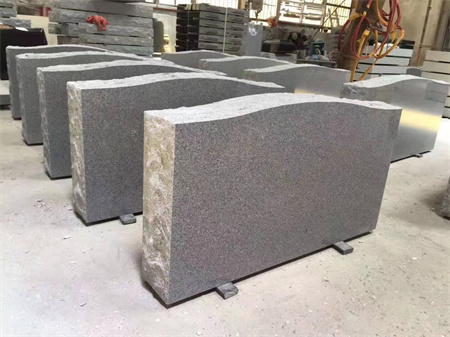
The Environmental Impact of Granite Monument Production
Granite monuments have stood as timeless symbols of remembrance and honor, but have you ever thought about the environmental cost of producing these majestic structures? While granite is a naturally occurring stone, its journey from quarry to finished monument leaves a significant footprint on the environment.
The production of granite monuments begins in quarries where massive blocks of stone are extracted from the earth. This process requires extensive use of heavy machinery, which not only consumes a large amount of energy but also leads to the disruption of local ecosystems. In many cases, the removal of large volumes of rock can cause habitat destruction, affecting wildlife and plant life in the surrounding areas. Dust and noise pollution from the machinery can also impact nearby communities, making the process more environmentally taxing than it may initially seem.
Once the granite is extracted, it undergoes a series of cutting and polishing steps. These stages generate waste materials, including stone dust and fragments, which, if not managed properly, can contribute to landfills. In addition, the water and chemicals used in these processes often end up contaminating nearby water sources, posing a risk to both wildlife and human populations. The disposal of these byproducts can lead to long-term environmental degradation if not handled responsibly.

Transporting the granite from quarries to production facilities or final destinations adds another layer of environmental impact. The stone is heavy, requiring long-distance transportation via trucks or ships, both of which emit significant amounts of greenhouse gases into the atmosphere. The larger the monument, the greater the fuel consumption, further contributing to the carbon footprint of granite production.
Despite the inherent environmental challenges, some producers are taking steps to reduce the impact. Advancements in technology are making the extraction and processing of granite more efficient, and recycling efforts are becoming more widespread. Some companies are reusing stone waste for other construction purposes, which helps cut down on the demand for new materials. Moreover, sustainable quarrying practices, such as the reclamation of land post-extraction and using renewable energy sources, are gaining traction in the industry.

Ultimately, while granite monuments are beautiful tributes to history and heritage, it’s crucial to consider the environmental implications of their production. By promoting sustainable practices and conscious consumption, we can help reduce the ecological cost of this enduring symbol of remembrance.

Copyright © Huian Boda Stone Co.,Ltd All rights reserved.

ipv6 network supported